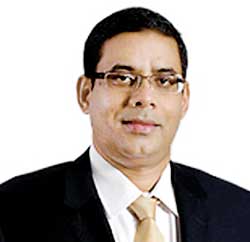23 Jul 2012 - {{hitsCtrl.values.hits}}
 By Chiara Tissera
By Chiara Tissera.jpg) of where work is done. With technology and transient information, geographic boundaries are removed and people can be connected anytime and anyplace. Work boundaries are common values and commitments more than geographic space. This logic allows people from around the global to be focused on common problems without having to get together. Social networks redefine where and how work is done.
of where work is done. With technology and transient information, geographic boundaries are removed and people can be connected anytime and anyplace. Work boundaries are common values and commitments more than geographic space. This logic allows people from around the global to be focused on common problems without having to get together. Social networks redefine where and how work is done.
26 Nov 2024 2 hours ago
26 Nov 2024 2 hours ago
26 Nov 2024 2 hours ago
26 Nov 2024 3 hours ago
26 Nov 2024 4 hours ago